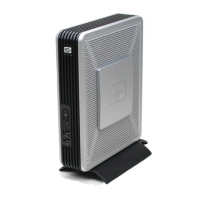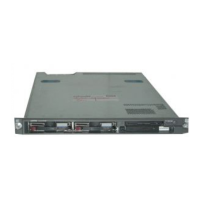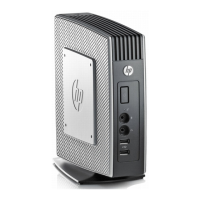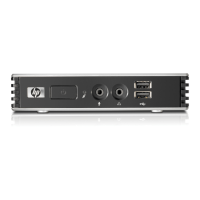Power-On Sequence
At power-on, the flash boot block code initializes the hardware to a known state, then performs basic
power-on diagnostic tests to determine the integrity of the hardware. Initialization performs the following
functions:
1.
Initializes CPU and memory controller.
2.
Initializes VGA software.
3.
Initializes and configures all PCI devices.
4.
Initializes the video to a known state.
5.
Initializes USB devices to a known state.
6.
Performs power-on diagnostics. For more information, see “Power-On Diagnostic Tests”.
7.
The unit boots the operating system.
Power-On Diagnostic Tests
The Power-on diagnostics performs basic integrity tests of the hardware to determine its functionality and
configuration. If a diagnostic test fails during hardware initialization the unit simply stops. There are no
messages sent to video.
NOTE: You may try to restart the unit and run through the diagnostic tests a second time to confirm the
first shutdown.
The following table lists the tests that are performed on the t5000 units.
Table 3-2 Power-On Diagnostic Test
Test Description
Boot Block Checksum Tests boot block code for proper checksum value
DRAM Simple write/read pattern test of the first 640k of memory
Parallel Port Initiates the port’s driver and determines if the device is present
Serial Port Tests the serial port using simple port verification test to determine if ports are present
Timer Tests timer interrupt by using polling method
RTC CMOS battery Tests integrity of RTC CMOS battery
NAND flash device Tests for proper NAND flash device ID present
14 Chapter 3 Diagnostics and Troubleshooting ENWW

